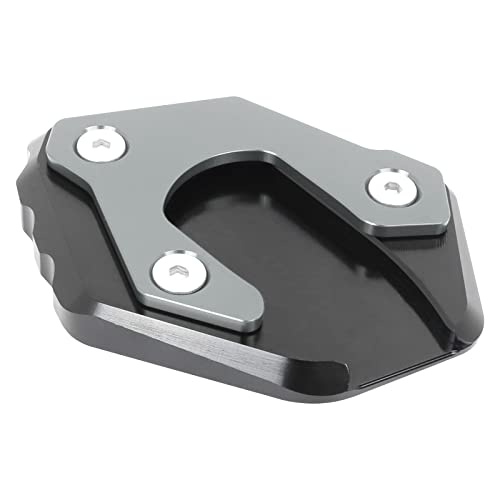Toecutter
What would DoG do?
From another forum, just found last night:
I might just have to go sign up over there, and spread a bit of my own gospel....
Also, from the right side of the oncoming lane, you will appear to be moving more across the cager's line of sight than directly into it, which might catch their eye better and help them judge your speed, but by all means, never trust another vehicle to do anything in order to keep you from hitting it. It's all on you to avoid contact, since you will be the loser of most any confrontation.I wanted to share this info with motorcyclists here. As a result of 35 years of riding and the experience as a 25 year veteran police officer and accident investigator I feel I wanted to share this info.
I have examined the left turner crossing in front of the cyclist by both vehicle accidents, interviews, and participation by myself as a vehicle operator making the left turn in practice in front of cyclists practicing this maneuver and as a motorcyclist encountering the same. I have learned that this may work for you under certain conditions.
You may notice as a vehicle operator making a left when a bicycle or motorcycle is approaching you that you see plenty of space as you look toward the intersecting L. turn you are attempting to make.
This is especially present if the motorcyclist is riding near the yellow line as taught in many books and MSF classes. This gives the vehicle operator the GREEN light so to speak to make his left turn as he/she believes the turn can be made safely.
If you cut off the vehicle operators path by riding close to the white fog line you will notice that the vehicle operator has no space to make his move towards the road that he/she is trying to reach. More than likely the driver will remain on his side of the road and yield until you pass through. Also a slight weave from left to right as you get into position toward the fog line startles the driver enough to let you pass through the intersection. Has anyone found these manuevers to work for them?
I might just have to go sign up over there, and spread a bit of my own gospel....

































